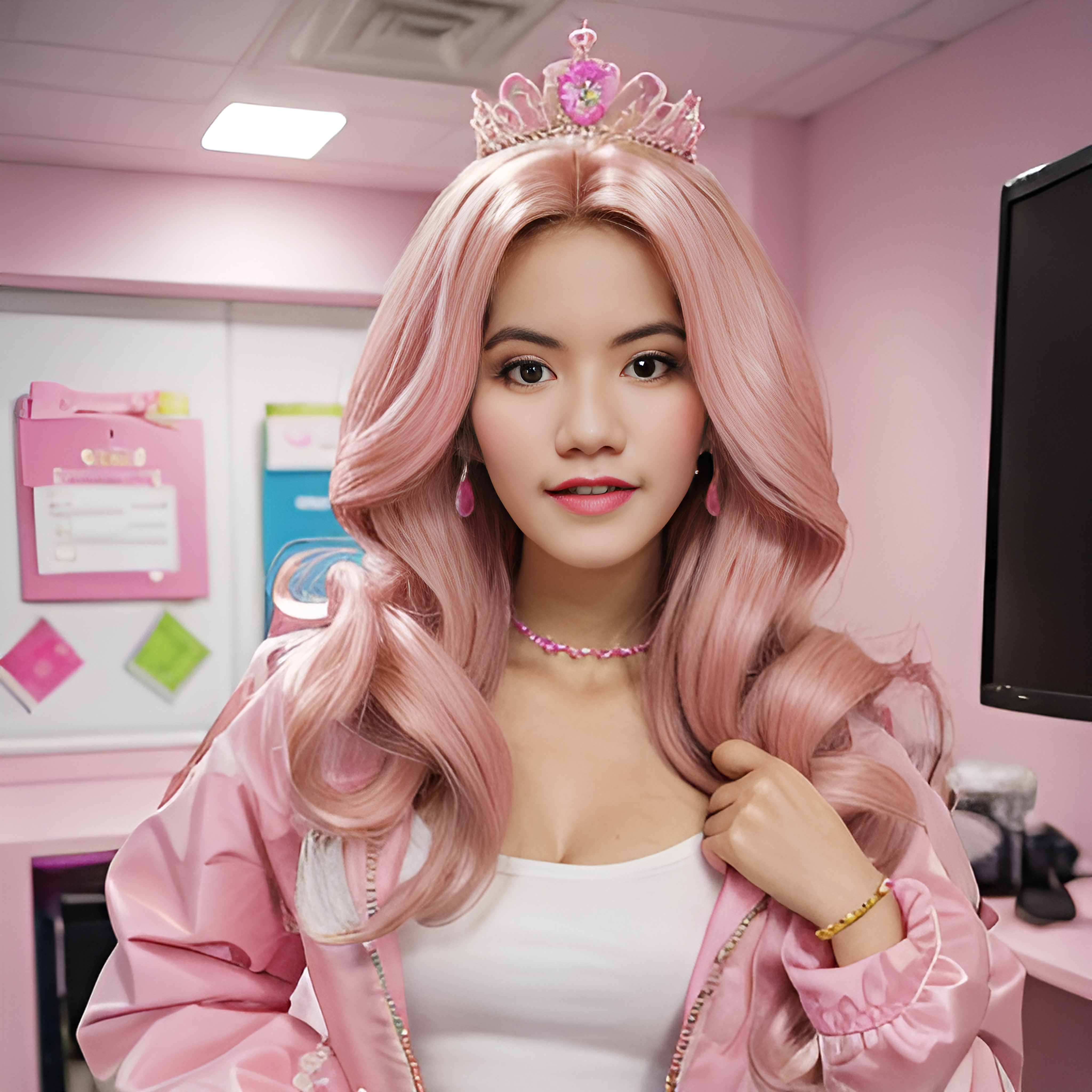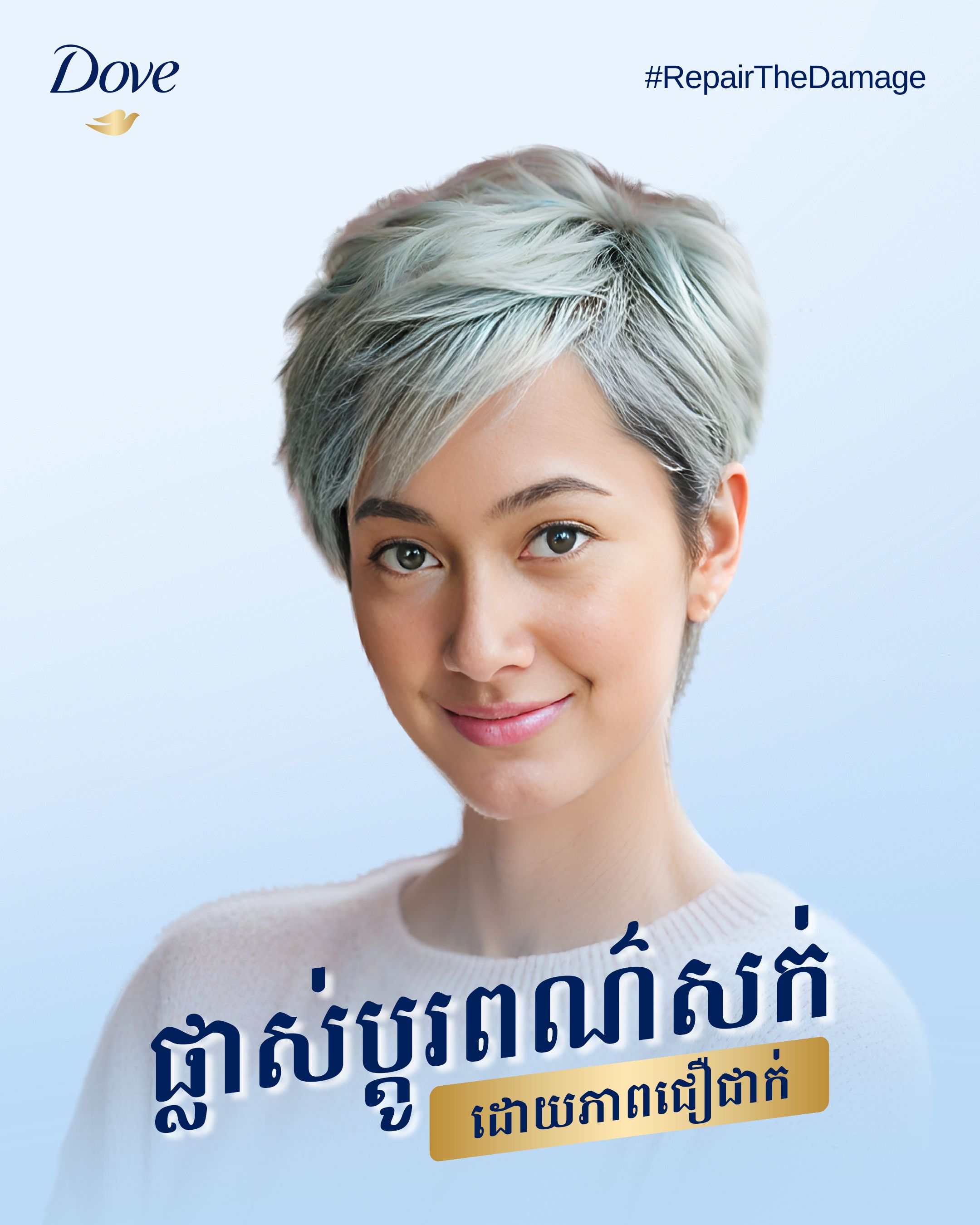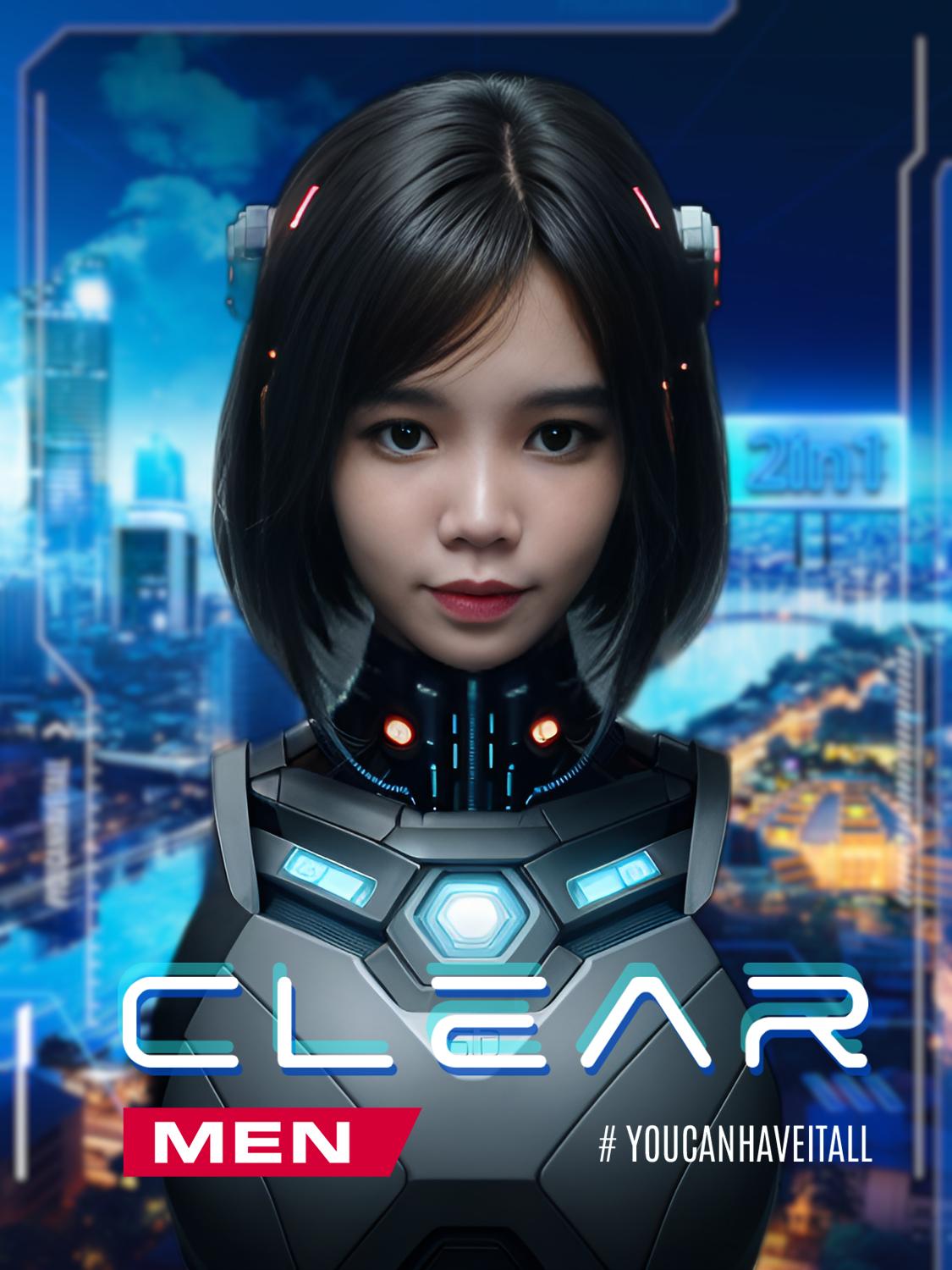Expa-ai
Models by this creator

avatar-model

40
The avatar-model is a versatile AI model developed by expa-ai that can generate high-quality, customizable avatars. It shares similarities with other popular text-to-image models like Stable Diffusion, SDXL, and Animagine XL 3.1, but with a specific focus on creating visually stunning avatar images. Model inputs and outputs The avatar-model takes a variety of inputs, including a text prompt, an initial image, and various settings like image size, detail scale, and guidance scale. The model then generates one or more output images that match the provided prompt and initial image. The output images can be used as custom avatars, profile pictures, or other visual assets. Inputs Prompt**: The text prompt that describes the desired avatar image. Image**: An optional initial image to use as a starting point for generating variations. Size**: The desired width and height of the output image. Strength**: The amount of transformation to apply to the reference image. Scheduler**: The algorithm used to generate the output image. Add Detail**: Whether to use a LoRA (Low-Rank Adaptation) model to add additional detail to the output. Num Outputs**: The number of images to generate. Detail Scale**: The strength of the LoRA detail addition. Process Type**: The type of processing to perform, such as generating a new image or upscaling an existing one. Guidance Scale**: The scale for classifier-free guidance, which influences the balance between the text prompt and the initial image. Upscaler Model**: The model to use for upscaling the output image. Negative Prompt**: Additional text to guide the model away from generating undesirable content. Num Inference Steps**: The number of denoising steps to perform during the generation process. Outputs Output Images**: One or more generated avatar images that match the provided prompt and input parameters. Capabilities The avatar-model is capable of generating highly detailed, photorealistic avatar images based on a text prompt. It can create a wide range of avatar styles, from realistic portraits to stylized, artistic representations. The model's ability to use an initial image as a starting point for generating variations makes it a powerful tool for creating custom avatars and profile pictures. What can I use it for? The avatar-model can be used for a variety of applications, such as: Generating custom avatars for social media, gaming, or other online platforms. Creating unique profile pictures for personal or professional use. Exploring different styles and designs for avatar-based applications or products. Experimenting with AI-generated artwork and visuals. Things to try One interesting aspect of the avatar-model is its ability to add detailed, artistically-inspired elements to the generated avatars. By adjusting the "Add Detail" and "Detail Scale" settings, you can explore how the model can enhance the visual complexity and aesthetic appeal of the output images. Additionally, playing with the "Guidance Scale" can help you find the right balance between the text prompt and the initial image, leading to unique and unexpected avatar results.
Updated 9/19/2024

onepiece

37
The onepiece model is a text-to-image AI model developed by expa-ai. This model can generate images based on text prompts, with a focus on creating images of characters from the popular anime and manga series "One Piece". The onepiece model shares some similarities with other text-to-image models like animagine-xl-3.1, which is also designed for anime-style images, and edge-of-realism-v2.0, which can generate realistic-looking images from text prompts. Model inputs and outputs The onepiece model takes a variety of inputs, including a text prompt, an optional initial image, and various settings like the output size, guidance scale, and number of inference steps. The model can then generate one or more images based on the provided inputs. Inputs Prompt**: The text prompt that describes what the model should generate. Image**: An optional initial image that the model can use as a starting point for generating variations. Seed**: A random seed that can be used to control the output. Width and Height**: The desired dimensions of the output image. Scheduler**: The type of scheduler to use for the image generation process. Guidance Scale**: A scaling factor that controls the influence of the text prompt on the generated image. Number of Outputs**: The number of images to generate. NSFW Filter**: A setting to enable or disable the NSFW (not safe for work) filter. LoRA Model and Weight**: Options to use a specific LoRA (Low-Rank Adaptation) model and adjust its weight. Outputs Output Images**: The generated images based on the provided inputs. Capabilities The onepiece model is capable of generating high-quality images of characters and scenes from the "One Piece" universe. It can capture the distinct art style and visual elements of the series, making it a useful tool for fans, artists, and cosplayers. The model can also be used to create unique variations on existing "One Piece" characters or to explore new story ideas through the generated images. What can I use it for? The onepiece model can be used for a variety of creative projects related to the "One Piece" franchise. Some potential use cases include: Fanart and Cosplay**: Generate images of your favorite "One Piece" characters for use in fanart, cosplay, or other creative projects. Story Exploration**: Use the model to generate images that can inspire new story ideas or expand upon existing narratives in the "One Piece" universe. Merchandise Design**: Create unique "One Piece" character designs for use on t-shirts, posters, or other merchandise. Things to try When using the onepiece model, you can experiment with different text prompts to see how the model interprets and represents various "One Piece" characters and scenes. Try prompts that focus on specific characters, settings, or narrative elements from the series, and see how the model's outputs capture the unique style and aesthetics of the "One Piece" universe.
Updated 9/19/2024

comfort-campaign

26
comfort-campaign is an AI model created by expa-ai that generates image variations based on a provided prompt. It is similar to other text-to-image models like my_comfyui, gfpgan, and inpainting-xl, which also specialize in image generation and editing tasks. Model inputs and outputs comfort-campaign takes in a text prompt and various parameters to control the output image, such as the size, number of images, and use of LoRA models. It then generates one or more images based on the provided inputs. Inputs Prompt**: The text prompt that describes the desired image Seed**: A random seed value to control the image generation Image**: An initial image to generate variations of Width and Height**: The desired size of the output image Occasion**: The type of occasion the image is for, such as casual, night out, etc. Need LoRA**: Whether to use a LoRA (Learned Augmentation) model Scheduler**: The scheduling algorithm to use for image generation Watermark**: Whether to add a watermark to the output image LoRA Model**: The specific LoRA model to use LoRA Weight**: The weight to apply to the LoRA model Num Outputs**: The number of images to generate Process Type**: Whether to generate, upscale, or both generate and upscale the image Guidance Scale**: The scale for classifier-free guidance Upscaler Model**: The model to use for upscaling the image Negative Prompt**: A prompt to exclude certain undesirable elements from the output Outputs Generated Images**: The output image(s) based on the provided inputs Capabilities comfort-campaign can generate a variety of images based on a text prompt, with the ability to control various parameters like the size, occasion, and use of LoRA models. This allows for the creation of personalized, stylized images for different use cases. What can I use it for? You can use comfort-campaign to generate images for a wide range of applications, such as social media posts, e-commerce product photos, or even as part of a creative project. The model's ability to generate images based on specific occasions and styles makes it particularly useful for businesses or individuals looking to create visually appealing content. Things to try Try experimenting with different prompts and parameter combinations to see the range of images comfort-campaign can generate. You might also explore using the model in conjunction with other image editing tools or AI models, such as ar or cog-a1111-ui, to further enhance or refine the output.
Updated 9/19/2024

anime-model

14
The anime-model is an AI model developed by expa-ai that can generate high-quality, detailed anime-style images from text prompts. It is similar to other anime-themed text-to-image stable diffusion models like animagine-xl-3.1, eimis_anime_diffusion, and cog-a1111-ui, which all aim to produce visually striking anime-style artwork. Model inputs and outputs The anime-model takes a variety of inputs, including a text prompt, an initial image, and various parameters to control the generation process. These inputs allow users to fine-tune the output and achieve their desired aesthetic. The model then generates one or more images based on the provided inputs. Inputs Prompt**: The text prompt that describes the desired image. Seed**: A random seed value to control the randomness of the generation process. Size**: The width and height of the generated image. Image**: An initial image to use as a starting point for generating variations. Strength**: The degree to which the model should transform the masked portion of the reference image. Scheduler**: The algorithm used to schedule the denoising steps. Add Detail**: Whether to use a LoRA (Low-Rank Adaptation) model to add additional detail to the generated image. Detail Scale**: The strength of the LoRA detail addition. Guidance Scale**: The scale for classifier-free guidance, which controls the influence of the text prompt on the generated image. Negative Prompt**: A text prompt that describes attributes to avoid in the generated image. Num Inference Steps**: The number of denoising steps to perform during the generation process. Outputs Output Images**: The generated anime-style images, which are returned as a list of image URLs. Capabilities The anime-model is capable of generating a wide variety of high-quality, detailed anime-style images based on text prompts. It can produce intricate, colorful scenes with characters, backgrounds, and objects that capture the distinctive aesthetic of anime art. The model is particularly adept at rendering expressive facial features, dynamic poses, and intricate clothing and accessories. What can I use it for? The anime-model can be used for a variety of creative projects, such as: Generating concept art or illustrations for anime-inspired stories, games, or animations Creating custom profile pictures or avatars with a unique anime-style aesthetic Exploring different visual interpretations of text-based character or world descriptions Experimenting with different artistic styles and techniques within the anime genre Things to try One interesting aspect of the anime-model is its ability to generate variations on an initial image. By providing an existing image as input, users can explore how the model transforms and expands upon the reference, potentially unlocking new creative possibilities. Additionally, the model's detailed parameters allow for fine-tuning the generated images, enabling users to refine the output to match their specific artistic vision.
Updated 9/19/2024

dove-hairstyle-campaign

6
The dove-hairstyle-campaign model is an AI-powered tool that can generate and edit images of hairstyles. It was created by expa-ai, the same team behind similar models like avatar-model and hairclip. This model is designed to help users explore and experiment with different hairstyles, making it a useful tool for personal styling, marketing campaigns, and more. Model inputs and outputs The dove-hairstyle-campaign model takes in a variety of inputs, including an image, a prompt, and various settings to control the output. Users can provide an existing image as a starting point, or simply describe the desired hairstyle in the prompt. The model then generates one or more output images based on these inputs. Inputs Image**: An input image from the user Prompt**: A text description of the desired hairstyle Width/Height**: The dimensions of the output image Num Outputs**: The number of images to generate Refine**: The style of refinement to apply to the output Scheduler**: The algorithm used to generate the output Guidance Scale**: The scale for classifier-free guidance Negative Prompt**: A text description of elements to exclude from the output Outputs Output Images**: One or more generated images of the desired hairstyle Capabilities The dove-hairstyle-campaign model is capable of generating realistic-looking hairstyles based on user inputs. It can create a variety of styles, from simple updos to complex braids and curls. The model also allows users to refine the output, applying different styles and effects to the generated images. What can I use it for? The dove-hairstyle-campaign model could be useful for a range of applications, such as personal styling, marketing campaigns, and educational purposes. For example, users could use the model to experiment with different hairstyles for a photoshoot or to create custom visuals for a marketing campaign. Educators could also use the model to teach students about hair design and styling. Things to try One interesting aspect of the dove-hairstyle-campaign model is its ability to incorporate a brand's visual identity into the generated images. By setting the apply_brand_bg parameter to true, users can have the model apply a branded background to the output images, making them more suitable for marketing and advertising purposes.
Updated 9/19/2024

diffuser-c-c-2024

1
The diffuser-c-c-2024 model is a text-to-image generation tool developed by expa-ai. It can be used to create images based on textual descriptions, similar to models like gfpgan, kandinsky-2.2, animagine-xl-3.1, deliberate-v6, and idm-vton. Model inputs and outputs The diffuser-c-c-2024 model takes in a textual prompt, an image, and various other parameters like width, height, and sampling method. It then outputs an array of image URLs representing the generated image. Inputs seed**: An integer used to initialize the random number generator, allowing for reproducible results. image**: An image URL that can be used for image-to-image or inpainting tasks. width**: The desired width of the output image. height**: The desired height of the output image. prompt**: The textual description used to guide the image generation process. sampler**: The sampling method used to generate the image, with options like Heun, DPM2 a, DPM fast, and DPM++ SDE Karras. category**: The category of the desired output image, such as "hiphop". cfg_scale**: The classifier-free guidance scale, which controls the balance between the text prompt and the image. replace_bg**: A boolean indicating whether to remove the background from the generated image. reduce_size**: A factor to reduce the size of the generated image. process_type**: The type of process to perform, such as "generate" or "inpaint". inference_steps**: The number of steps to use during the inference process. negative_prompt**: A textual description of what should not be present in the generated image. Outputs An array of image URLs representing the generated image. Capabilities The diffuser-c-c-2024 model is capable of generating images based on textual prompts, as well as performing image-to-image and inpainting tasks. It can be used to create a wide variety of images, from realistic scenes to abstract and stylized compositions. What can I use it for? The diffuser-c-c-2024 model can be used for a range of applications, such as creating custom artwork, generating illustrations for articles or blog posts, or experimenting with image-to-image and inpainting tasks. It could be particularly useful for expa-ai's customers who need to generate images for their products or services. Things to try Some interesting things to try with the diffuser-c-c-2024 model include experimenting with different prompts and sampling methods to see how they affect the generated images, using the image-to-image and inpainting capabilities to transform or manipulate existing images, and exploring different categories or styles of images.
Updated 9/19/2024